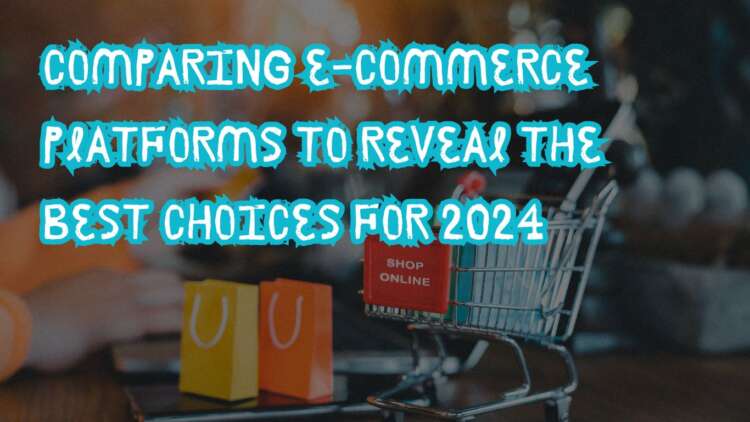Table of Content:
- Things That a Pharmacy Management Software Manages for Businesses
- Key Features of Pharmacy Management Software
- Inventory Management
- Prescription Management
- Point of Sale (POS)
- Reporting and Analytics
- Patient Profile Management
- Order Fulfillment
- Billing and Claims Management
- Barcode Scanning
- Integrations
- The Development Process
- Requirement Analysis and Planning
- Design and Development
- Testing and Quality Assurance
- Deployment and Post-Launch Maintenance
- Costs of Developing a Pharmacy Management Software
- Conclusion
1. Things That a Pharmacy Management Software Manages for Businesses
Pharmacy management software (PMS) is a comprehensive solution that streamlines various activities of a pharmacy business, improving the overall efficiency and productivity. A PMS manages tasks such as inventory management, prescription management, Point of Sale (POS), reporting and analytics, patient profile management, order fulfillment, billing and claims management, barcode scanning, and integrations.
2. Key Features of Pharmacy Management Software
A pharmacy management software comes with various features that cater to the needs of businesses. Here are some key features that you should consider while developing a PMS:
Inventory Management
Inventory management helps businesses keep track of their stock levels and expiry dates, thereby reducing wastage and increasing inventory turnover.
Prescription Management
Prescription management enables pharmacists to manage prescription orders efficiently.
Point of Sale (POS)
Point of Sale (POS) assists in managing cash flow, processing transactions, and generating receipts.
Reporting and Analytics
Reporting and analytics provide insights into sales, inventory, and billing, assisting businesses in making informed decisions.
Patient Profile Management
Patient profile management allows for the creation of profiles for patients, enabling pharmacists to retrieve information quickly.
Order Fulfillment
Order fulfillment helps automate the order fulfillment process, ensuring timely delivery.
Billing and Claims Management
Billing and claims management enables businesses to generate accurate bills, manage claims, and process reimbursements.
Barcode Scanning
Barcode scanning helps in scanning inventory items, prescriptions, and patient profiles quickly.
Integrations
Integrations enable businesses to connect to external systems like payment gateways, insurance agencies, and hospital information systems.
3. The Development Process
Here’s the typical software development process you should consider while developing a pharmacy management software:
Requirement Analysis and Planning
The first step in the development process is to identify the requirements of the pharmacy business and create a plan for the project.
Design and Development
The next step is to design the user interface and develop the software with the selected programming language and tools.
Testing and Quality Assurance
Once the software is developed, it should be thoroughly tested to eliminate any bugs or issues.
Deployment and Post-Launch Maintenance
After successful testing, the software can be deployed, and post-launch maintenance can begin.
4. Costs of Developing a Pharmacy Management Software
The development cost of a pharmacy management software varies based on several factors like the features, complexity, technology stack, and the development team. The cost can range from $30,000 to $100,000 or more.
5. Conclusion
Pharmacy management software has become a necessity for businesses handling heavy volumes of inventory, prescriptions, and patient profiles. The software streamlines various tasks, increasing efficiency and productivity. Developing a pharmacy management software with the appropriate features and following the right process can enhance the performance of your pharmacy business.



